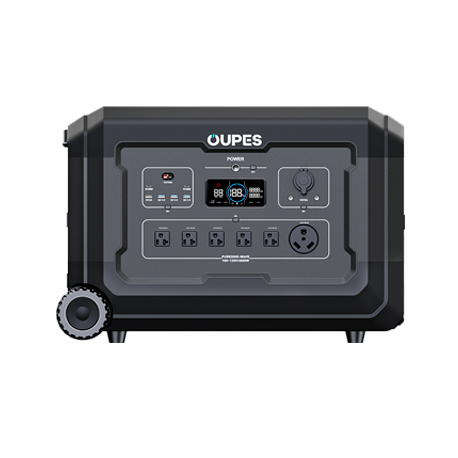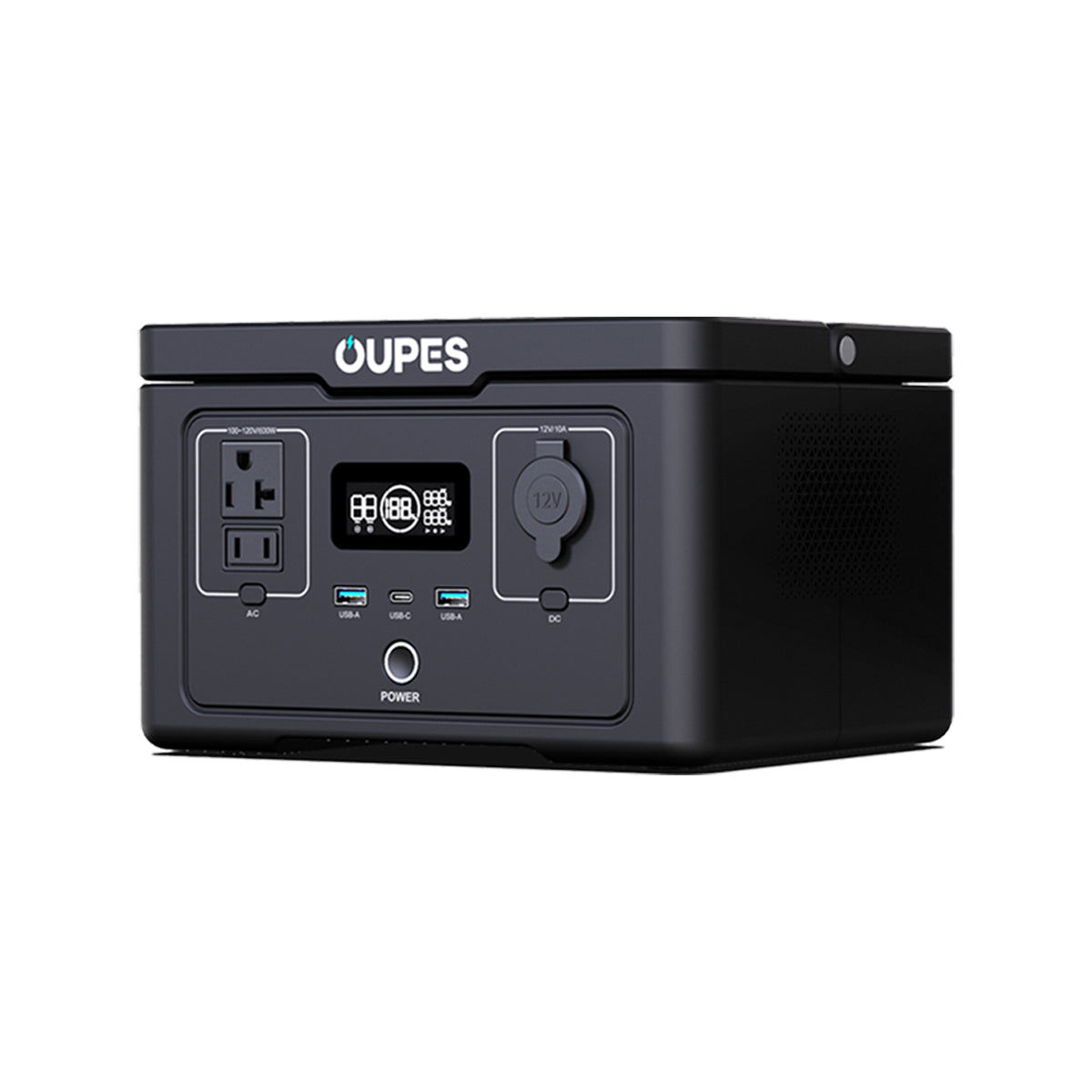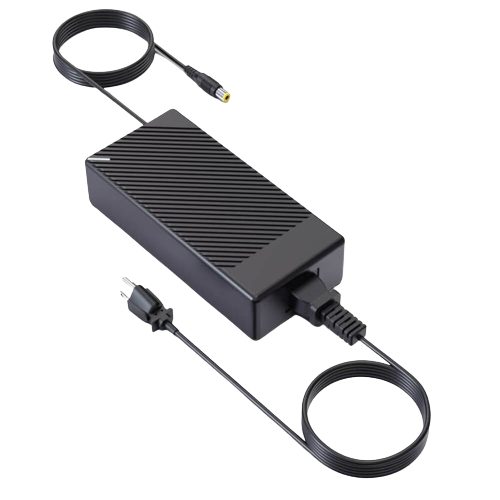How Many Solar Panels Do You Need?
What quantity of photovoltaic modules, considering the average solar panel size, is necessary for an average domicile? For a residence encompassing three sleeping chambers, how many solar collectors are requisite? In the case of a habitation spanning 2000 square feet, the number of solar panels required becomes a frequent inquiry among prospective solar proprietors.
Ascertain the number of solar panels essential for your abode begins with an understanding of your objectives.
Is your aim to diminish your ecological imprint significantly? To amplify the yield on your fiscal commitment? Or to conserve the utmost amount of monetary resources?
A multitude of individuals harbor the desire to economize whilst concurrently reducing their impact on the environment.
How many solar panels do you need?
To ascertain the requisite quantity of solar panels for your domicile, a comprehensive understanding is imperative:
- The habitual energy consumption of your abode.
- Your extant energy utilization is quantified in kilowatt-hours (kWh).
- The meteorological patterns and solar irradiance are prevalent in your locale.
- The efficacy of the photovoltaic modules is under consideration.
- The dimensional attributes of the photovoltaic modules you are evaluating.
How much solar power will you need?

To ascertain the mean energy requisites of your domicile, scrutinize preceding utility invoices. One can deduce the requisite quantity of solar panels by multiplying the domestic hourly energy necessity with the zenith solar illumination duration in your locale, then dividing this product by the wattage of a singular panel.
Employing a spectrum of panel wattages, such as a diminutive 150 W and a more robust 370 W, aids in framing a range (for instance: 17-42 panels to yield 11,000 kWh annually). It's pivotal to acknowledge that both the expanse of your rooftop and the degree of solar exposure it receives are influential determinants as well.
How many watts do you currently use?
Examine your electricity invoice to discern your typical consumption. Search for a section labeled “Kilowatt Hours (or kWh) Utilized” or a comparable term, and take note of the duration it encompasses, often 30 days. In instances where your invoice lacks a display of kilowatt hours expended, scrutinize the initial and concluding meter tallies and deduce the latter from the former.
For our computations, it's pivotal to ascertain your diurnal and hourly consumption. Should your invoice not present a daily mean, simply bisect the monthly or annual mean by 30 or 365 days, accordingly, and then halve that figure once more by 24 to unveil your average hourly electricity consumption. Your result will manifest in kW.
A diminutive abode in a mild climate may expend roughly 200 kWh monthly, whereas a more substantial residence in the southern regions, where air conditioning systems predominantly dictate home energy consumption, might expend upwards of 2,000 kWh. The median American household, as per the Energy Information Administration, expends about 900 kWh monthly.
Your median daily energy expenditure serves as the benchmark daily average for calculating your solar requisites. This figure represents the kilowatt-hours your solar apparatus must generate should you aspire to offset the majority, if not all, of your electrical necessities.
It’s crucial to acknowledge that solar panels do not function at peak efficiency round-the-clock.
How many hours of sunlight can you expect in your area?

The zenithal solar intervals specific to your locale significantly influence the electrical yield you can anticipate from your domestic photovoltaic array.
Take, for instance, residing in Phoenix; here, one would encounter an augmented span of zenithal solar intervals compared to dwelling in Seattle. This doesn't imply that a resident of Seattle is precluded from adopting solar energy; rather, it necessitates an increased quantity of panels.
The National Renewable Energy Laboratory (NREL) dispenses solar illumination data segregated by state and for principal municipalities. Subsequently, amplify your hourly consumption (refer to query No. 1) by 1,000, transmuting your hourly power generation requisite into watts. Then, partition your mean hourly wattage demand by the numeral of diurnal zenithal solar intervals pertinent to your region.
This calculation reveals the quantum of energy your panels are required to generate each hour. Hence, an average American household (consuming 900 kWh/month) situated in a zone receiving five zenithal solar hours daily would necessitate a system capacity of 6,000 watts.
What affects solar panel output efficiency?

Solar panel output efficiency, which refers to the proportion of sunlight that a solar panel can convert into usable electricity, is influenced by several factors:
Material and Technology: The constitution of solar cells plays a pivotal role in their operational efficacy. Panels crafted from monocrystalline silicon surpass their polycrystalline counterparts in terms of efficiency.
OUPES's solar panels, forged from superior monocrystalline silicon, excel in transmuting solar rays into usable energy with remarkable proficiency and robustness. These cells propel our panels to function within an extraordinary efficiency ambit of 20%-22%, positioning them as a preeminent choice for solar energy exploitation.
Temperature: Solar panels operate less efficiently at higher temperatures. Contrary to what might be assumed, excessively hot environments can reduce the efficiency of solar panels. Most panels are tested at 25°C (77°F), and their efficiency can decrease as the temperature rises above this point.
Angle and Orientation: The inclination at which solar rays intersect with photovoltaic modules significantly influences their operational efficacy. It is imperative to align these panels to ensure they bask in unobstructed solar radiance.
A distinctive attribute of the OUPES portable solar panel is its capacity for angular adjustment. This innovative feature permits the facile realignment of the panel to capture the zenith of solar energy, thereby optimizing solar yield as the day progresses.
Dirt and Debris: Accumulation of dirt, dust, leaves, or snow on the surface of solar panels can block sunlight, reducing their efficiency. Regular cleaning is necessary to maintain optimal performance.
Age and Wear: Over time, the efficiency of solar panels naturally decreases, a process known as degradation. High-quality panels degrade slower, typically losing 0.5% to 1% of their efficiency per year.
Inverter Efficiency: The efficiency of the inverter, which converts the direct current (DC) electricity produced by the panels into alternating current (AC) electricity used in homes and businesses, also plays a role. Inverter inefficiencies can lead to additional power loss.
By optimizing these factors, the efficiency of solar panel systems can be maximized, leading to higher energy output and better overall performance.
What is the effect of solar panel size?
For proprietors of abodes with diminutive or idiosyncratically contoured rooftops, the dimensions and quantity of solar panels, specifically the solar panel size, emerge as pivotal factors. In scenarios where the expanse of roof conducive to solar installation is expansive, one might opt for bulkier panels, which, despite a marginal dip in efficiency, are more cost-effective per unit, thereby achieving the desired energy yield.
Conversely, in situations where the roof space is constrained or suffers from intermittent shading, opting for a smaller number of high-efficiency panels could be the most judicious approach to maximize power generation over an extended period, culminating in substantial financial savings.
Solar panel dimensions
Contemporary domiciles typically adorn their roofs with solar panels, whose dimensions predominantly span approximately 65 inches in breadth and 39 inches in length, translating to 5.4 by 3.25 feet. This size spectrum does exhibit minor deviations contingent upon the manufacturer.
This dimensional consistency has been a hallmark for numerous years. However, the efficacy and power yield from these constant dimensions has undergone a significant evolution, skewing toward remarkable improvement.
How much do solar panels weigh?

Embarking on the journey of affixing a rooftop solar apparatus necessitates a keen understanding of the heft of your photovoltaic modules. Ascertain the mass of each solar panel to ensure your rooftop can endure the entirety of the installation.
The mass of these panels fluctuates across different manufacturers, yet the average panel tips the scales at approximately 40 pounds.
OUPES is known for its relative lightness among leading brands, with the OUPES 240W Portable Solar Panel weighing just 18.48 pounds. By comparison, the heaviest in the traditional range can top 50 pounds.
Summary
Unraveling the enigma of the optimal quantity of solar panels for your energy generation requisites begins with understanding the answers to pivotal inquiries. This understanding provides a spectrum of possibilities for your needs.
Subsequently, an expert in solar installation must evaluate the structural design of your roof, its orientation towards the celestial orb, and additional elements to determine the feasibility and methodology of installing the requisite number of panels to fulfill your daily energy production ambitions.
Moreover, the concept of net metering warrants your attention in the context of financial savings and earnings from your solar array. Net metering represents the mechanism by which your utility provider reimburses you for surplus solar energy generated during sunlit hours, allowing you to utilize these credits when you revert to the conventional power grid nocturnally, in the absence of a solar energy storage system.
Are you intrigued to delve deeper into the financial benefits of solar panels?
OUPES is at the vanguard of changing the global energy paradigm and democratizing solar power generation and storage solutions. For those considering integrating solar panels, energy storage systems, or electric vehicle charging solutions into their residence, exploring OUPES is imperative.























